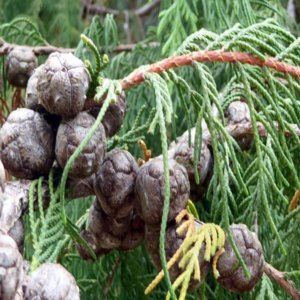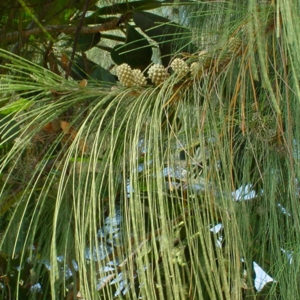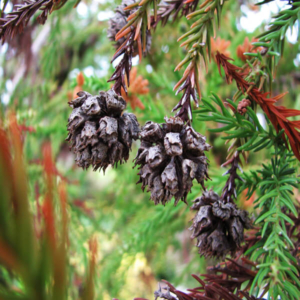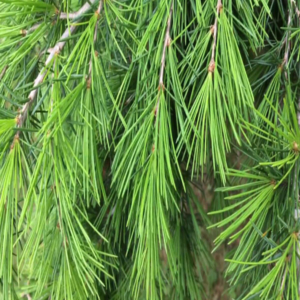Casuarina Equisetifolia, Australian pine tree
These conifers are considered evergreen, which means that they keep their needles for at least two years. As the older needles fall, new ones are ready to grow in their place. Bristlecone pine trees (Pinus longaeva) keep their needles for at least 30 years.
Needles
Pine trees produce long, narrow needles 1 to 11 inches long. For example, longleaf pine trees (Pinus palustris) grow needles 9 inches long. Pine needles range from blue to dark green and are bundled into groups of two, three or five needles. The needles connect near the point where they attach to the branch.
Identification
Needles hold the key to breaking the pine tree types into smaller classifications. Needles bundled in groups of two belong to the lodgepole pine group (Pinus contorta). When needles are in groups of three, they originate from ponderosa pines (Pinus ponderosa), Jeffery pines (Pinus jefferyi) or knobcone pines (Pinus attenuate). Western white pines (Pinus monticola), sugar pines (Pinus lambertiana), limber pines (Pinus flexilis) and whitebark pines (Pinus albicaulis) grow needles in bunches of five.
Cones
Large woody cones are a key element for pine trees. Both female and male cones appear on a tree. The female cones produce seeds, while the male cones drop pollen. The pollen is carried by gravity or wind to the female cones, fertilizing the seeds. Sugar pines produce cones 10 to 20 inches long.
Branches
Most pine trees produce lateral branches in large whorls running up a straight trunk, which make the tree easy to climb. The bark covering the trunk and branches flakes off with large scales. The pine tree releases a strong pine scent when disturbed or overheated.
Visit Us
No. 287, 8th Avenue, Seashore Town ,
SH 49, Near Bharat Petrol Bunk,
Panaiyur, Chennai – 600119.








Reviews
There are no reviews yet.